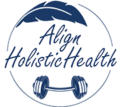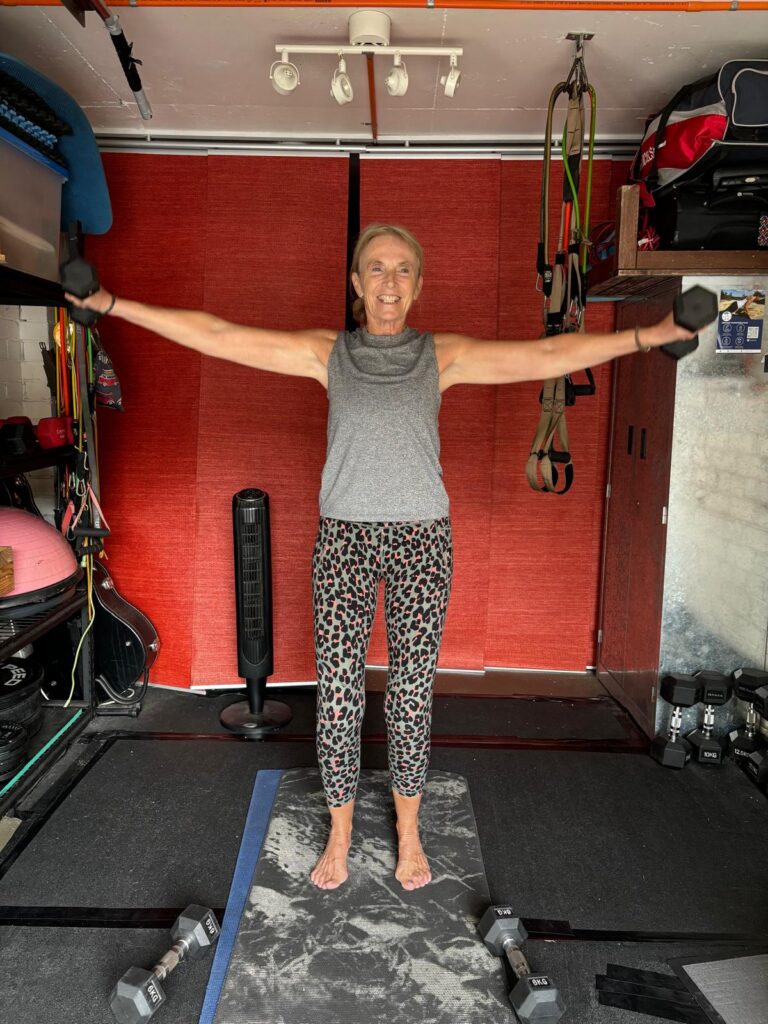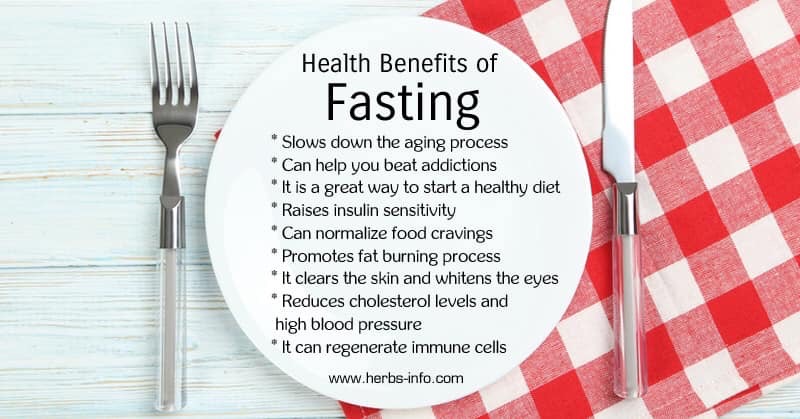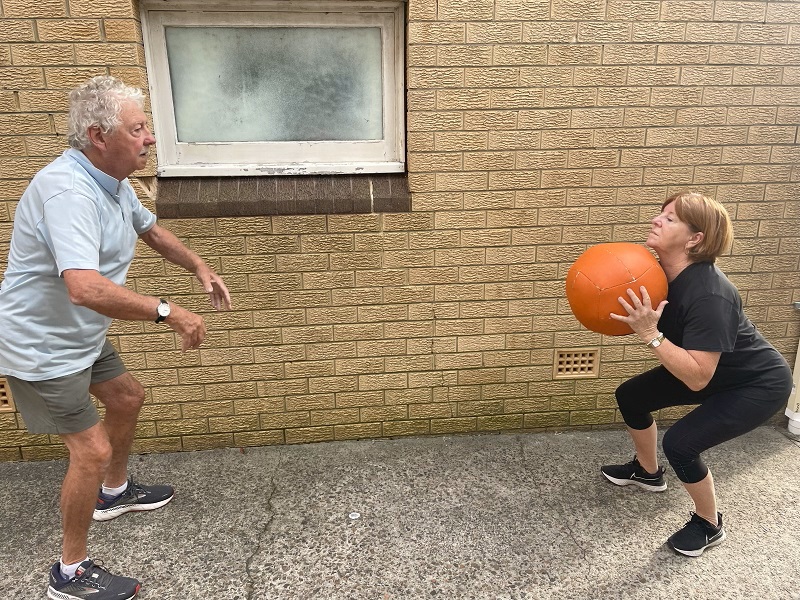Osteoporosis is a condition of having weak and brittle bones. Our bones form the foundation of our bodies. Osteoporosis can especially develop in postmenopausal women. Once we reach a certain age, breaking a bone can be debilitating. There are however plenty of things we can do in middle age to prevent osteoporosis and reduce our risk of falls and fractures down the line.
- Eat a nutrient rich diet.
We build the most bone during our childhood and adolescence years. By the time we hit 30 or so, we’ve reached peak bone mass. From there, we need to make sure we’re not losing more bone than we’re building—and that’s where nutrition becomes hugely important.
“If we don’t prioritize getting bone-building nutrients, we will have a net loss of bone over time. Key vitamins are:
Calcium: When it comes to skeletal health, calcium is essential. Milk ads taught us that milk builds strong bones—but society has hugely navigated away from cows milk for different reasons so it is important to find potent other sources such as
Vitamin D: Vitamin D helps take calcium and deposit it in bone tissue dark leafy greens, canned fish, beans, and other calcium-rich foods.
Magnesium: Magnesium is also an important mineral for bone health since it assists in the activation of vitamin D.
2. Do resistance/ strength training.
Like muscles, bones respond positively to time under tension. Working against a force will encourage the growth of new bone tissue, and one great stimulus is strength training. If you can do 30 minutes three or four times a week of strength training, it will make such a difference, even if you only pick 3 to 4 movements and set the timer for 15 minutes, it will have a massively positive impact. I would recommend filling your sessions with simple, functional movements that you can progressively move up in weight. Bodyweight moves like squats and pushups can also provide a good stimulus for the bones, as can using lighter weights for longer rep sessions. Just be mindful when in the gym, as certain high-impact moves can damage bones further. Certain forms of cardio can also support the growth of new bone tissue such as hiking or brisk or power walking on uneven terrain to give your bones the gentle impact they need to regenerate. I’d recommend to safely challenge your body with weights, though it might be smarter to have a personal trainer guiding you.
3. Make sure you’re eating enough food – especially protein
You DO NEED protein for everyday life, not just when you lift weights!! We probably have all been there, undereating to lose weight. It however is a fast track to weak, brittle bones. Your bones and body need adequate amounts of macronutrients to grow strong—especially protein, since about one-third of bone mass is made up of protein. Through daily conversations with my clients and female friends, I know that most of them don’t reach the ideal amount of protein a day. The age betwen 14 and 18 are the peak bone building years so it’s important to start as early as stated. And then older females upward of 70 don’t tend to consume enough protein—that’s when we rapidly lose bone tissue. It is recommended to eating a minimum of 1.2 grams per kilogram of body weight per day; more if you’re very active. The easiest way to get your protein levels up are “protein shakes”. They are quick and easy. I love my Isagenix protein shakes. They have the right amount of protein and they are delicious too. You can order them discounted on my webpage.
4. Focus on posture & balance
If you spend most of the day sitting, you’ll want to focus on taking breaks and maintaining good posture to avoid bone issues – particularly in the lower back. My son recently came home and told me about an elderly lady who was so bent forward from Osteoporosis, she couldn’t see what is in front of her. That is really debilitating so take all of the above seriously.
One of my favourite ways of exercising is prioritising unilateral movements that isolate one side of the body at a time. It can also help you build a strong, balanced musculoskeletal system. When you do things like shoulder presses, if you’re using both arms at the same time, often the strongest arm will take over. This can cause alignment issues and an imbalance of muscles. Of course, this then relates to your bones as well.
Claim your special Get stronger – live longer by responding to this blog.





